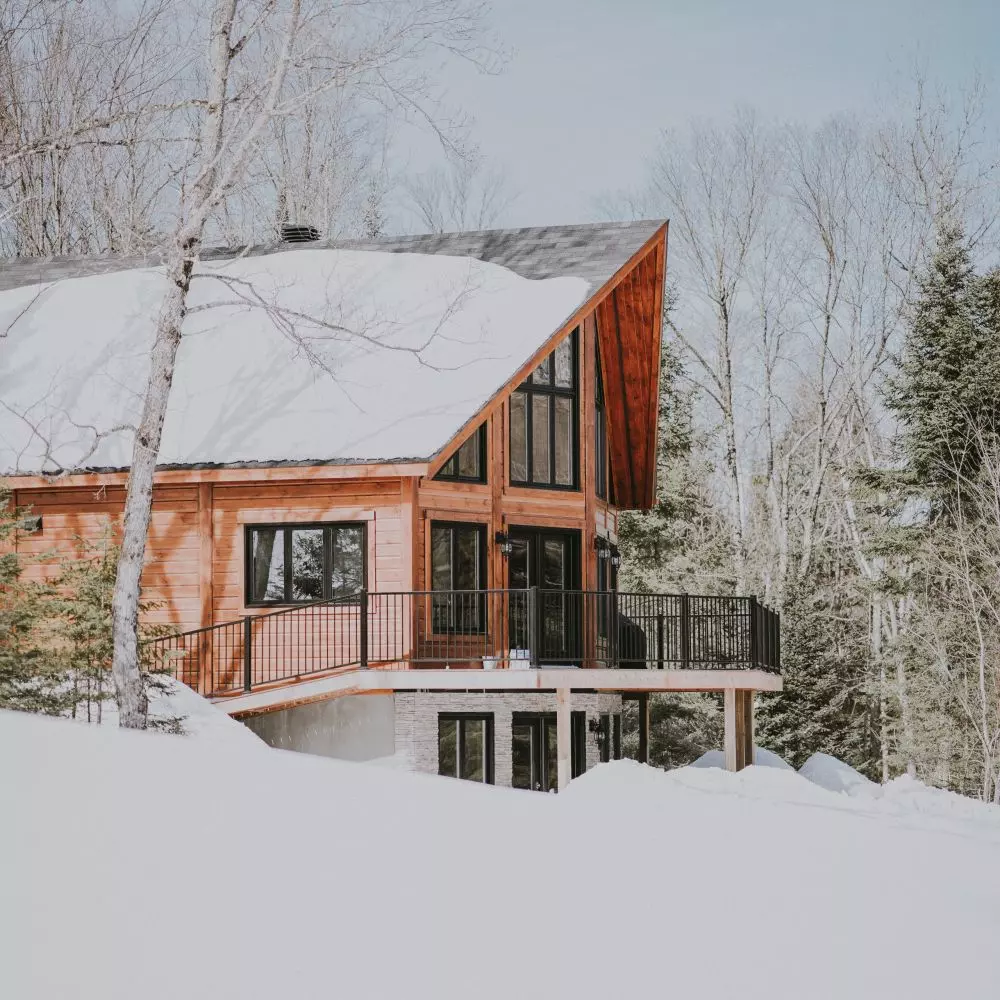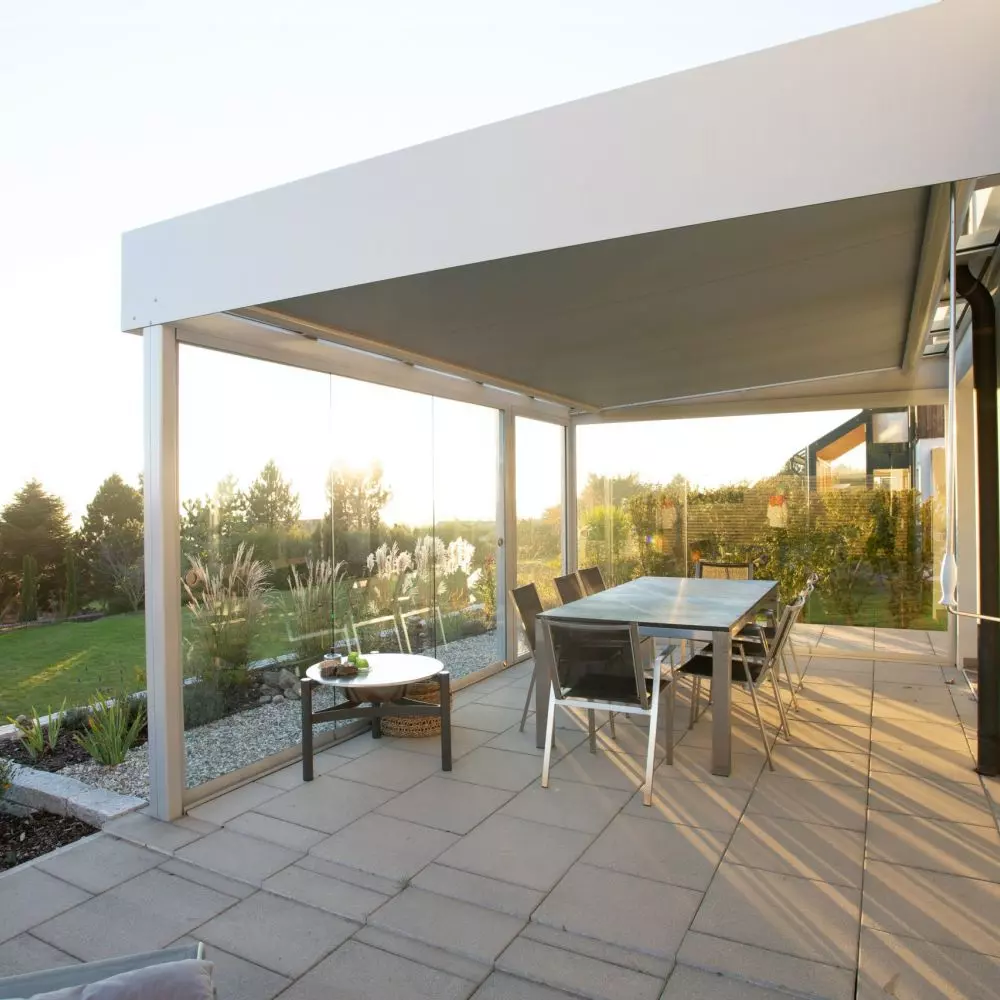The terrace is not only a place to relax, but also a showcase for your home. In our climate, the surface of the terrace must withstand both the heat and strong sunlight in summer, and the humidity and several degrees of frost in winter. That's why the choice of material with which to cover your terrace should be very well thought out. If you want to choose a material that after many years of use will look as good as on the day of installation, consider buying frost-resistant tiles. What is worth knowing about them?
What features should a good terrace surface have?
One of the materials that is most often chosen, as a terrace surface, are versatile and very aesthetic tiles. However, it is important to choose good quality tiles that will perform well in changing weather conditions. Ordinary tiles, such as those we lay in the kitchen or bathroom, would not cope at all with the unstable weather conditions of our climate. What should good terrace tiles be like?
-
Non-slip - the safety of terrace users is a priority. The surface should be characterized by anti-slip properties, ensuring stability even in the rain or melting snow.
-
Abrasion-resistance - the surface on the terrace is often heavily used and exposed to abrasion. That's why, when choosing tiles for your terrace, be sure to pay attention to whether they are durable and resistant to damage and cracking.
-
Easy to keep clean - a good terrace surface should be easy to keep clean. By choosing tiles with a smooth surface and easy-to-clean texture, you will avoid the difficulty of keeping your terrace in impeccable condition, especially during heavy use.
-
Durable - the color of the terrace is an important part of its aesthetics. A good surface should be characterized by durable colors that do not fade even under the influence of intense sunlight. This is a guarantee of maintaining the attractive appearance of the terrace for many years.
-
Frost-resistant - tiles on the terrace are exposed to low temperatures. If you want your terrace to look attractive for many years, choose a surface made of frost-resistant tiles.
You can find more terrace inspiration in the search engine of the Products for Home portal under the keyword "terrace".
Frost-resistant tiles will make your terrace look beautiful for many years.
Photo: Florian Schmidinger © Unsplash
What are frost-resistant tiles?
Frost-resistant tiles are a special type of surface, which is characterized by its ability to survive even extreme weather conditions. They are designed for outdoor use, especially on terraces, balconies or garden paths. The key element that distinguishes them from standard tiles is their resistance to frost. Such a surface will survive repeated freezing and thawing, and even after many years it will not crumble or crack.
Scale of frost resistance of tiles for the terrace
How to check whether the tiles you plan to buy are frost resistant? Information about frost resistance is usually provided by manufacturers on the product packaging. This parameter is sometimes marked with a small picture in the shape of a snowflake. Tiles intended for outdoor use must comply with the EU standard PN EN 202. Tiles complying with this standard are subjected to special tests involving 50 cycles of thawing and freezing between -15 and 15 degrees Celsius. Tiles compliant with European ISO standards are also available on the Polish market. In the testing process, they are subjected to a series of 100 freeze-thaw cycles, covering temperatures from -50 to 50 degrees Celsius. Tiles that pass such a test are highly durable and resistant to extremely low temperatures.
During harsh winters, terrace surface that is unsuitable for low temperatures can crumble and crack
Photo by Annie Spratt © Unsplash
How to lay frost-resistant tiles on the terrace?
Are you planning to lay frost-resistant tiles on your terrace? Prepare well for the job! See what to pay attention to and keep in mind.
Preparation of the substrate
Before you start laying tiles, make sure that the substrate is stable, dry and even. By preparing the substrate properly, you will avoid problems related to later deformations or cracks. If you don't have experience in laying tiles, it may be a good idea to hire a specialist who will come on the agreed date and quickly and professionally lay the tiles of your choice on the terrace.
Use of flexible tile adhesive
A flexible tile adhesive is key, as it allows to absorb the micro-movements of your terrace surface without the risk of cracking. If you're not sure which adhesive to choose, ask a consultant at a home improvement store for help.
Grouting the tiles
After laying the tiles, it is necessary to carefully fill the joints. If you are laying the surface outdoors, it is worth using special mortars and grouts that are also frost resistant. This will provide comprehensive protection of the terrace against cracking.
Once laid, the terrace surface should serve for many years. Therefore, it is not worth saving on it. If you are looking for good quality tiles that won't crumble or crack, choose frost-resistant tiles and enjoy a beautiful terrace both in winter and summer.
We have more information about tiles for you!





























